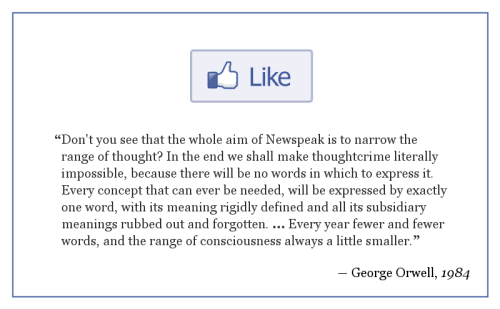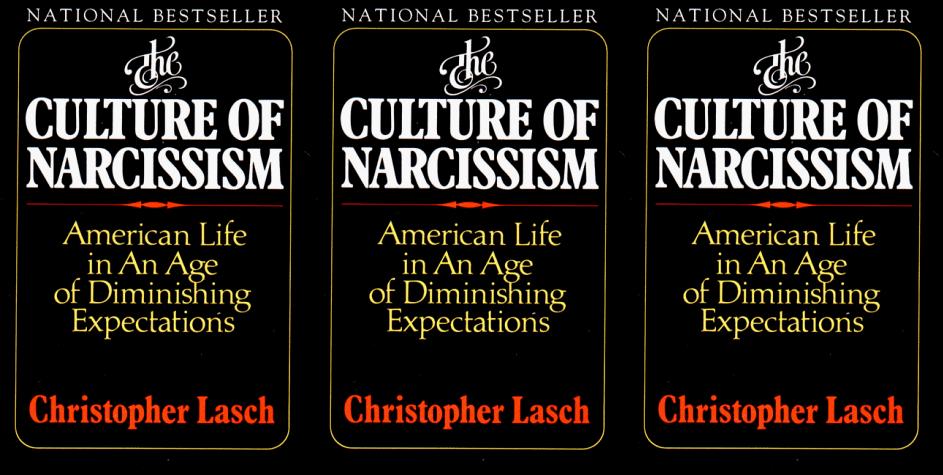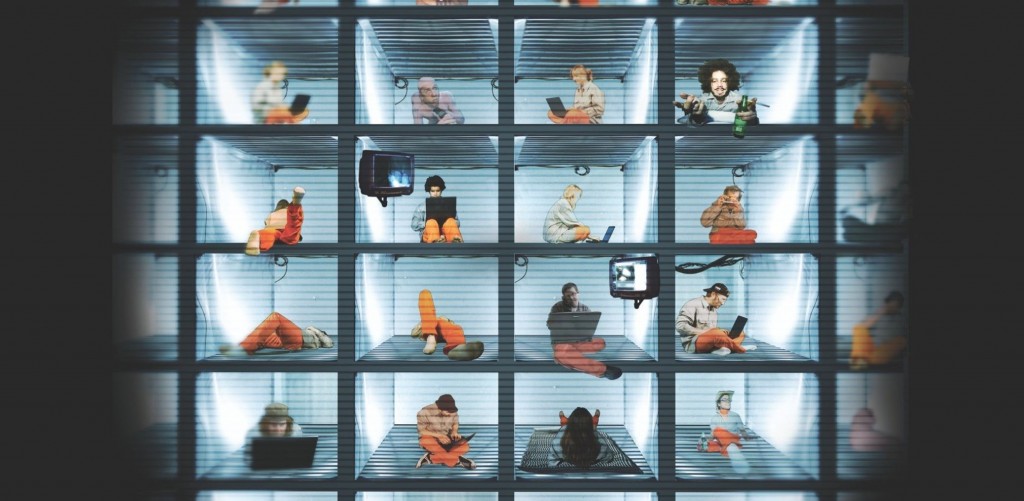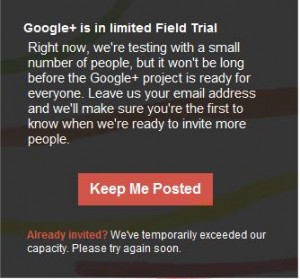 The orange represents the intensity of Flickr images taken and geotagged to a particular area. The blue is Twitter use. Looking at New York City above, we see that people tweet from different places than they photograph. For example, tourists photograph some areas while people tweet more from work and home.
The orange represents the intensity of Flickr images taken and geotagged to a particular area. The blue is Twitter use. Looking at New York City above, we see that people tweet from different places than they photograph. For example, tourists photograph some areas while people tweet more from work and home.
 Nope. It’s not a reference to some long-forgotten 80s movie. On June 23, 2009, former Secretary of Defense Robert Gates signed a memorandum creating US Cyber Command, a separate sub-command unit of U.S. Strategic Command (STRATCOM) headed by a four-star general, (currently, Gen. Keith B. Alexander). And, despite all its digital dualist rhetoric (exemplified by the rampant use of terms like “cyberspace” and “cyber-attackers”), Cyber Command should viewed as a major step toward the augmentation of warfare. With the launch of Cyber Command, the US has quietly moved toward developing new first strike capacities that may, ultimately, prove more strategically important than even the nation’s nuclear arsenal.
Nope. It’s not a reference to some long-forgotten 80s movie. On June 23, 2009, former Secretary of Defense Robert Gates signed a memorandum creating US Cyber Command, a separate sub-command unit of U.S. Strategic Command (STRATCOM) headed by a four-star general, (currently, Gen. Keith B. Alexander). And, despite all its digital dualist rhetoric (exemplified by the rampant use of terms like “cyberspace” and “cyber-attackers”), Cyber Command should viewed as a major step toward the augmentation of warfare. With the launch of Cyber Command, the US has quietly moved toward developing new first strike capacities that may, ultimately, prove more strategically important than even the nation’s nuclear arsenal.
While most media coverage has tended to focus on Cyber Command’s defensive postures (e.g., protecting classified data, securing the power grid, etc.), Cyber Command is also developing offensive capabilities to target and cripple other nations’ communication, transportation, and utility grids. This demonstrates that, in the augmented warfare of the future, an effective assault on atoms will also require a simultaneous assault on bits.
Cyber Command’s capacities, however, are far from fully developed. A recent report by the Government Accountability Office concluded that the Cyber Command “has not fully defined long-term mission requirements and desired capabilities to guide the services’ efforts to recruit, train and provide forces with appropriate skill sets.”
This Toyota commercial is narrated by a young woman who gets her parents on Facebook because they supposedly are not social enough. While she scoffs at how relatively few “friends” her parents have, the parents are shown to be out living by mountain-biking some decidedly offline trails. The daughter remains confidently transfixed and anchored to the digital world of her laptop screen.
I spend lots of time on this blog pointing out what I call “digital dualism,” the fallacy of viewing the physical and digital as seperate worlds (think The Matrix). Instead, the position myself and others on this blog favor is what we call “augmented reality,” the realization that our world is one where atoms and bits come together. Read more about this idea if you want.
Enter Toyota. They are playing off the pesky social media misnomer that people are using Facebook instead of doing things offline. Research consistently disproves this zero-sum/one-or-the-other fallacy by demonstrating more...
I already wrote on augmented reality tattoos once before, so I will keep it brief. This video shows a client receiving a QR code tattoo, which then links to Youtube and plays a little cartoon of a singing man. Now, although the artist is off in proclaiming it as the “first ever” of its kind, it once again highlights a growing trend in the body modification community. Not only does the fusing of technology and the body create unique cyborg bodies, it also reveals the importance of such new technologies for the expression of our selves and identities. For instance, will people begin tattooing QR codes on themselves that link to their personal blogs and Facebook accounts? This would make a very interesting case of self-branding!
Another trend I have observed in my own research on tattooing is the role of the prosumer. This video shows the tattoo artist K.A.R.L. livestreaming his tattoo appointment online, communicating with observers in a chatroom format while tattooing his client. Now this is nothing new. In fact, some of my close friends have been doing this for years and I myself have been tattooed in front of an internet audience several times. But what makes this example interesting is the fact that the internet audience, as a body of prosumers, helped K.A.R.L. determine the tattoo design itself. This is unheard of. I have yet to see tattooers take such a “crowd-sourcing” approach to their work.
But this video does speak to the importance of Web 2.0 to contemporary tattoo fame. In a media-saturated environment, tattoo artists now must aggressively market themselves online through SNS like Facebook and Myspace, and through livestreaming tattoo events like this. At a time when tattoo collecting itself has become globalized (Irwin 2003), tattoo artists can no longer afford to become a “big fish in a small pond” as one tattoo artist told me. In order to survive in an increasingly media-saturated community, tattoo artists themselves must become hypervisible online, showcasing their work across several online avenues and building a client pool that spans several continents. Such is the nature of contemporary elite tattooing (Irwin 2003).
 Via The Machine Starts.
Via The Machine Starts.
 Chris Baraniuk wrote an interesting piece at the blog The Machine Starts a few hours ago and I wanted to offer a comment. I agree with much of the analysis about so-called “Facebook Narcissim,” but what I find particularly interesting is how one fundamental assumption –the existence of a true self– drastically alters the conclusions we might draw.
Chris Baraniuk wrote an interesting piece at the blog The Machine Starts a few hours ago and I wanted to offer a comment. I agree with much of the analysis about so-called “Facebook Narcissim,” but what I find particularly interesting is how one fundamental assumption –the existence of a true self– drastically alters the conclusions we might draw.
Baraniuk discusses how social media sites, like Facebook, are designed to promote more sharing through creating a generally positive vibe. Indeed, Facebook has stated explicitly that they do not have a “dislike” button because they want the site to be a fun place to hangout. In addition to the positively-biased valence, Facebook makes calculable social interaction which also serves to create an atmosphere that values and encourages more sharing. For the site more sharing means more profits. And for the user more sharing about our lives creates an inward-gaze that could be described as narcissism.
Lasch’s famous study of The Culture of Narcissism argued that more...
This essay, like the one I posted last month on faux-vintage photography, is me hashing out ideas as part of my larger dissertation project on self-documentation and social media. Part I is found here. A barrage of media stories are professing the “Death of Anonymity,” the “End of Forgetting” and an “Era of Omniscience.” They are screaming a sensationalism that is part of the larger project to drum up fear about how “public” we are when using social media. While there are indeed risks involved with using social media, these articles engage in a risky hyperbole that I will try to counter-balance here.
A barrage of media stories are professing the “Death of Anonymity,” the “End of Forgetting” and an “Era of Omniscience.” They are screaming a sensationalism that is part of the larger project to drum up fear about how “public” we are when using social media. While there are indeed risks involved with using social media, these articles engage in a risky hyperbole that I will try to counter-balance here.
Part I of this essay rethought claims of hyper-publicity by theoretically reorienting the concept of publicity itself. Using theorists like Bataille and Baudrillard, I argue that being public is not the end of privacy but instead has everything to do with it. Social media is more like a fan dance: a game of reveal and conceal. Today, I will further take to task our collective tendency to overstate publicity in the age of social media. Sensationalizing the risks of “living in public” perpetuates the stigma around an imperfect social media presence, intensifying the very risk we hope to avoid. But first, let’s look at examples of this sensationalism.
I. Media Sensationalism
Pointing out the dangers of living public online is an important task, but sensationalizing this risk is all too common. Indeed, the media has a long history of sensationalizing all sorts of risks, creating fear to drum up ratings, sales, clicks and page-views. From sexting to cyberbullying to the loss of “deep” learning, political activism, and “real” social connections, I’ve written many times about how the media has found social media to be a particularly fertile space to exploit fear for profit. more...
I should start this post by admitting that I was not one of the lucky recipients of a Google+ invitation. My request was met with a polite declination and an opportunity to get in line with the other latecomers. Rejection. As a consolation, I scrutinized the Google+ homepage, clicking on anything that seemed to have a link.
Unsurprisingly, the homepage prominently advertises that this new platform will more “accurately” represents users’ actual social relationships (Nathan talks about this preliminarily in a recent post). In particular, Google+ includes a feature which allows users to keep their networks segmented. This is the feature that promises to remedy the dilemma of context collapse—the meeting of previously segmented networks in a shared social space—that plagues social network site users. more...
Augmented Reality Cinema [thanks @farman].



